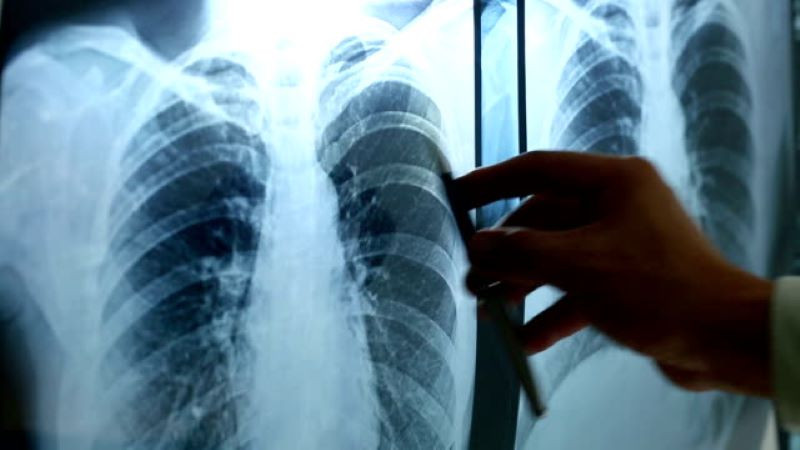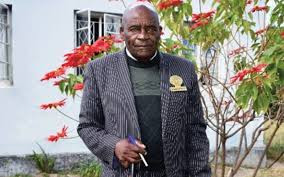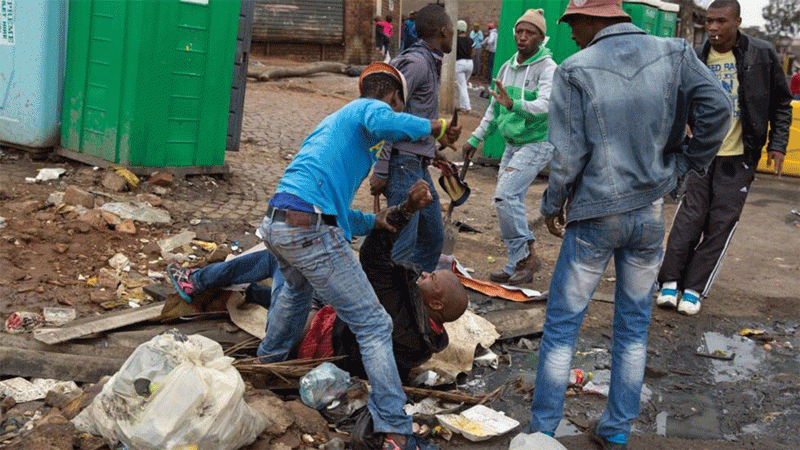
MEDICAL history was again made on Tuesday when extensive uniportal video assisted thoracic surgery (VATS) was carried out for the first time in Zimbabwe by a team of international and local surgeons.
Three patients were operated on — two at Parirenyatwa Group of Hospitals and one at the Avenues Clinic — by a team made up of professor Diego Gonzales Rivas from Spain and three local cardiothoracic surgeons, namely Kudzai Kanyepi, Simukai Machawira and Wilfred Mutewere.
VATS is a minimally invasive surgical technique where incisions are made in the chest through one of which a thoracoscope, which is a long thin tube with a camera and light at the end, is inserted, allowing the surgeon to view the thoracic cavity inside the chest on a video screen.
Normally, at least two other incisions are made through which the surgeon inserts surgical instruments in order to carry out the operation, guided by what can be seen on the video screen.
What makes Tuesday’s operations unique is the extent of the surgery and the fact that there was only a single small incision of about three to five centimetres made, Kanyepi, the country’s only woman cardiothoracic surgeon, explained.
In one case a whole lung was removed through a single small incision. In another a malignant tumour behind the sternum known as a thymoma was removed.
The operation at the Avenues Clinic was on a 40-year-old mother of three boys to remove the lower lobe of one of her lungs, where there was a cancerous growth.
The operations were carried out at the end of a two-day International Uniportal VATS Masterclass programme conducted by the University of Zimbabwe.
Doctors participating in the programme came from several countries, including Morocco, Libya, Uganda, Somalia, Kenya, Botswana and South Africa.
Apart from the surgical team carrying out the operations there were other foreign and local doctors in attendance who had been participating in the programme.
Kanyepi said all three patients were relatively pain free and doing well.
They were up and walking around the day after their operation.
The patients were operated on free of charge. One of the major sponsors of the programme was Cimas Health Group, which provided US$3 000 for it.
Cimas Health Group chief medical officer, Nyasha Masuka, said the medical service provider was particularly pleased to sponsor the programme, as Kanyepi, who as well as being one of the operating surgeons played a major role in organising the programme, was one of the specialists whose training the Cimas Health Education Fund had sponsored.
“The fund was established in 2007 to contribute to the development of human resources in the health sector. Through this fund Cimas has been sponsoring the training of doctors and medical specialists.
“We are particularly proud of the fact that one of the beneficiaries of this sponsorship, Kanyepi, has not only become the nation’s first female cardiothoracic surgeon but also played a major role in arranging and carrying out these historic operations,” he said.
The benefits for the patients of video assisted thoracic surgery rather than open thoracic surgery include less post-operative pain, less blood loss and a lower risk of complications, as well as a shorter stay in hospital and faster recovery.
There is less noticeable scarring with VATS, even where there are multiple small incisions, than with open surgery, where the incision would be 10 to 15 centimetres long. With the single incision used for Tuesday’s operations, there will be no more than one small scar.
Carrying out surgery inside the chest when able to only see what is going on by looking at a video screen requires special training.
Doing so through a single incision is even more challenging, particularly where such extensive surgery as the removal of a lung is concerned.
Kanyepi said such programmes would be an annual event where surgeons from across the continent could be trained and carry out live surgery. - Cimas Health Group











